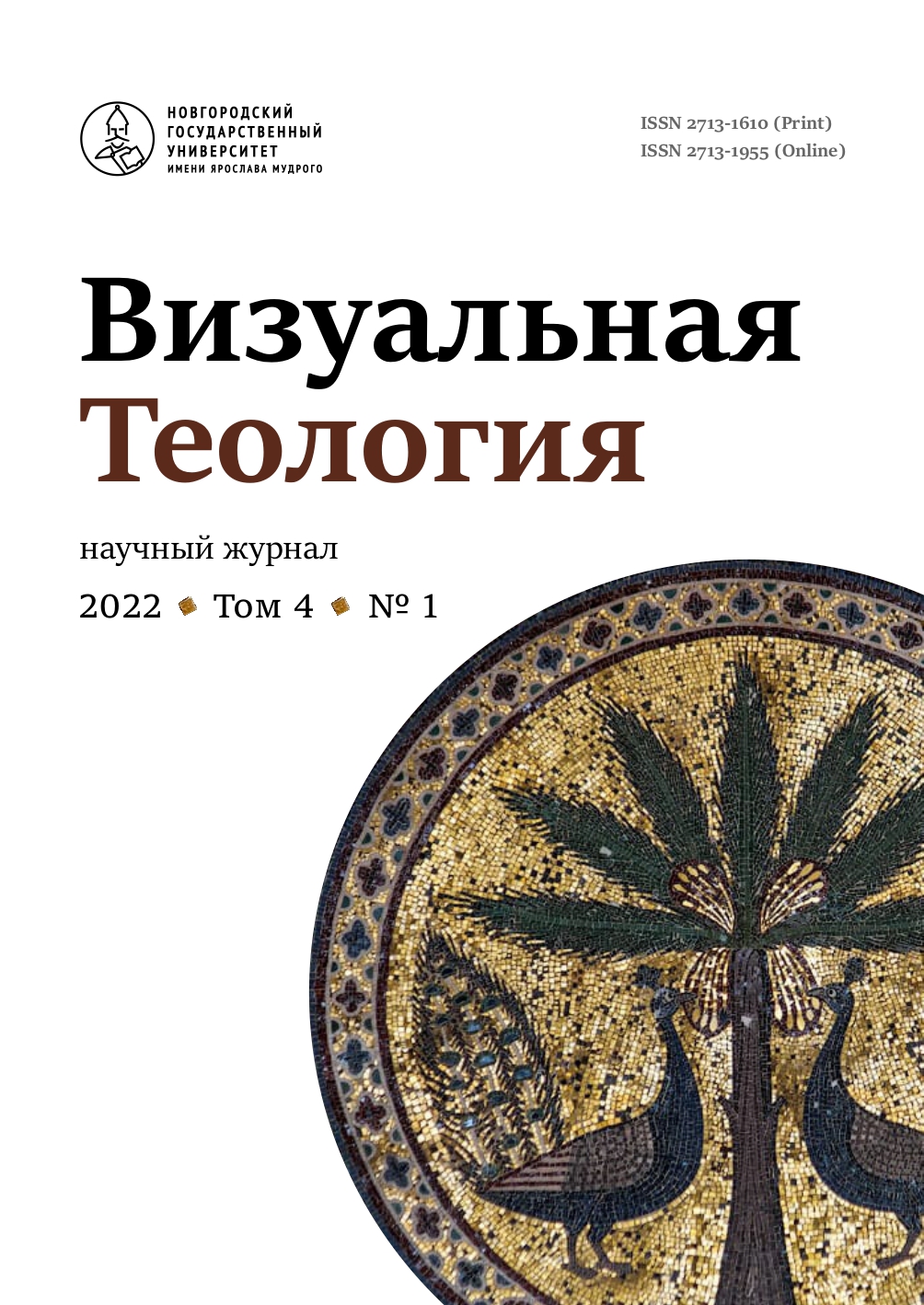Визуальные источники по истории Иоанно-Предтеченского женского монастыря в Томске: историческая память и городские мифы
Аннотация
В статье анализируются визуальные источники по истории Иоанно-Предтеченского женского монастыря г. Томска (1865 – 1920-е гг.). Ввиду слабой изученности истории обители, малого количества сохранившихся письменных источников, именно доступные визуальные источники во многом выступают средством сохранения памяти городского сообщества о ныне утраченной обители, которая является частью так называемого городского мифа – системы устойчивых представлений о прошлом города, его своеобразных чертах. Визуальные источники также отражают противоречивые трансформации, которые претерпевал городской миф в XIX–XXI вв. Иоанно-Предтеченский монастырь возник в период, когда происходила трансформация представлений о городе как сакральном центре, характерных для Руси. Город начинает пониматься с функциональной точки зрения – как упорядоченно обустроенное, комфортное место для жизни, а не сакральный центр. Такая трансформация ярко прослеживается в описании облика монастыря и его окружения, которое дают мемуары Петра Хандорина (1905–1992). Монастырь явно не вписывается в городскую среду, остаётся в ней чужеродным элементом. Трансформация представлений о градообразующей функции монастыря привела к тому, что в начале XX в. миф о городе как сакральном центре подвергается целенаправленному разрушению. Однако уже к 1970-м гг. выясняется, что культура оказалась не готова к полному уничтожению исторической памяти: в условиях запретов на религиозную тематику возникают «предания» о монастыре, часто не имеющие ничего общего с исторической действительностью. Это свидетельствует о сохранении в массовом сознании представлений о городе как сакральном центре. Вместе с тем этот миф затрудняет восстановление исторической правды и памяти о реально существовавшей обители.



